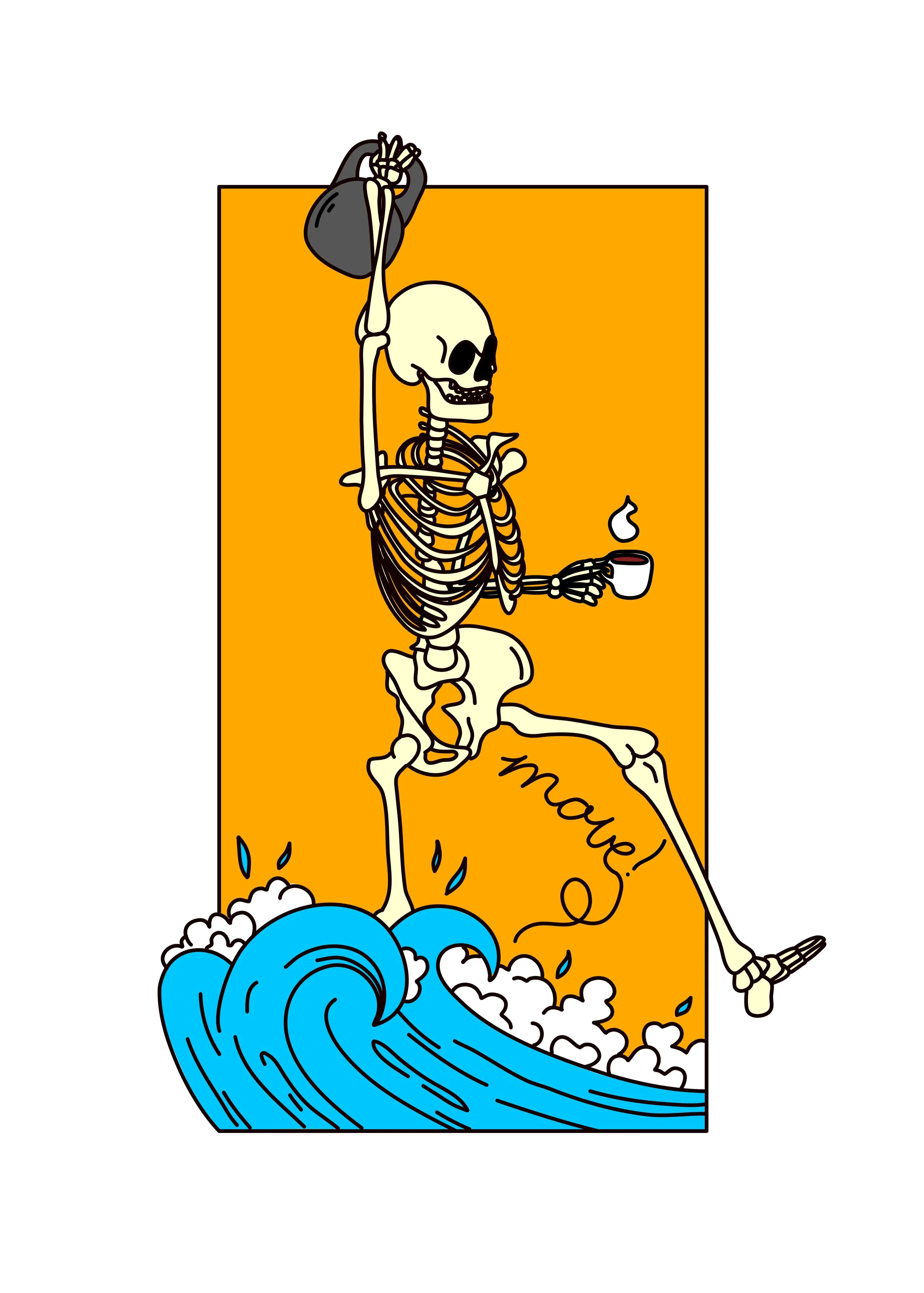Meditation and Delayed Gratification.
Delayed gratification is the “ability to postpone an immediate gain for the promise of a later reward.” It is not eating a donut in the breakroom until you have access to a healthy and delicious lunch. It’s waiting to lay on the couch and watch a movie until you’ve done that kettlebell workout. It’s waiting to play a video game until you’ve called your uncle and thanked him for a birthday gift.
If an individual is able to employ delayed gratification in these examples, it is clear to see how their quality of life would improve - they would have fueled themselves more effectively, they would have reaped the benefits of exercise, and they would have felt gratitude/connectedness towards a family member. Delayed gratification is a skill critical to living a happy and fulfilling life.
In my last post, I wrote about the dangers of living in a world where there are endless/instantaneous opportunities for pleasure- social media, online shopping, takeout food, etc. In this post, I wanted to highlight a connection between this minefield of pleasure opportunities we now live in, delayed gratification, and the development of a meditation/breath/prayer practice - more specifically, why it is so difficult for folks to start/commit to a practice.
The first challenge in developing a meditation practice is often a lack of clarity around the “reward.” In the delayed gratification scenarios I used prior, it was clear what the individual would gain from postponing the quick hit of pleasure - health, fitness, connectedness. In meditation, however, there is often uncertainty in terms of exactly what the “reward” will look like - Am I going to feel peaceful? Am I going to levitate? Am I going to turn into a monk? Am I going to wind up in the 4th dimension?
Secondly, there is uncertainty as to when it’s going to click. To start experiencing the benefits of a practice, a person has to commit to the work for a considerable amount of time before they see it “showing up” in their life/attitude/consciousness in a consistently positive way. The timeline for this is different for everyone.
So it is fairly easy to see the difficulty most folks have in adopting a practice - they are being promised a fairly nebulous “reward” coupled with an unclear timeline of when the “reward” might happen. Further, the practice is competing in a world where there is an endless source of pleasure/distraction that holds more appeal than sitting quietly in stillness.
To tie this whole thing together, the reason why I led with the concept of delayed gratification is that I think until a person has seriously strengthened this skill, the challenge of developing a meditation practice will be too great.
It sounds harsh, but I think the modern world holds too much distraction/temptation, that until a person flexes their delayed gratification muscles in areas where there is a clear and measurable “reward”, trying to be consistent with something like a contemplative practice will be an exercise in futility.
To not end this post on a pessimistic note, the reason I am writing it in the first place is to encourage folks to practice delayed gratification. Just like many things in life that are worthwhile, it’s not easy. Delaying immediate pleasure requires self-discipline and strength. Thankfully though, just like other skills critical to living a happy and fulfilling life, it’s also trainable and improvable.
This post focused more on the connection between delayed gratification and meditation, but in a future post I’ll give some practical strategies/tips for developing this skill. I wrote about this connection because this past week I saw the usual New Year’s resolutions from folks aimed at developing a meditation practice. I often think about the challenges associated with starting/maintaining a contemplative practice and it felt particularly timely during this first week of the New Year.
“Rule your mind or it will rule you.” - Horace

